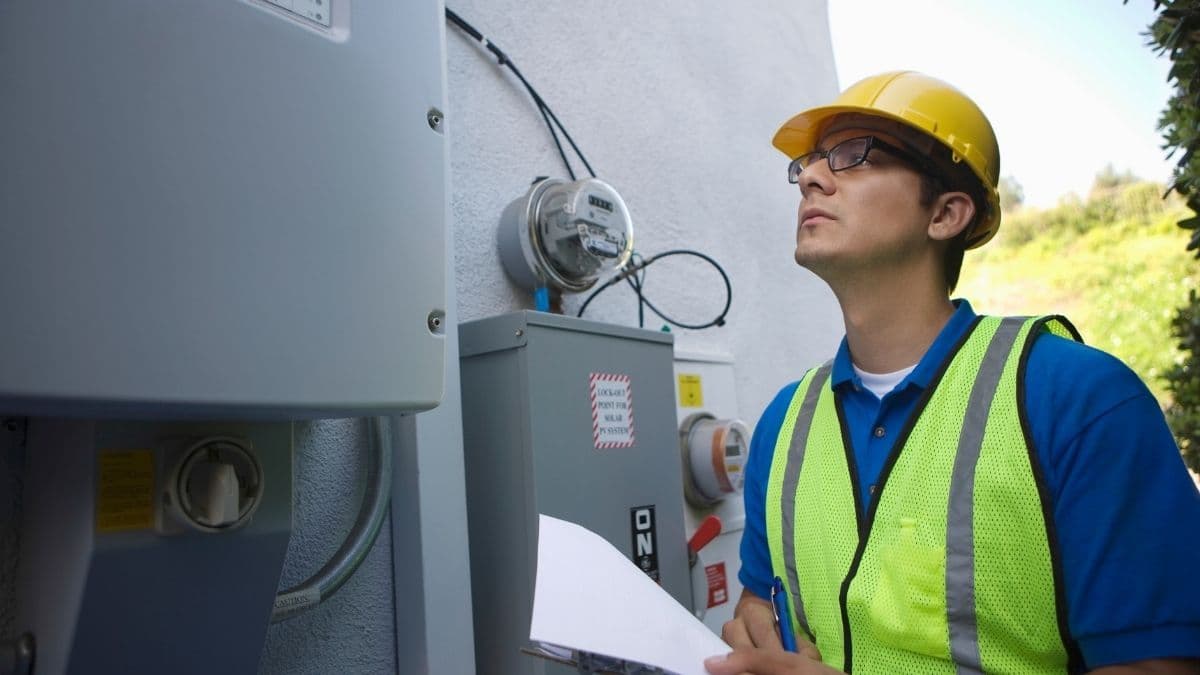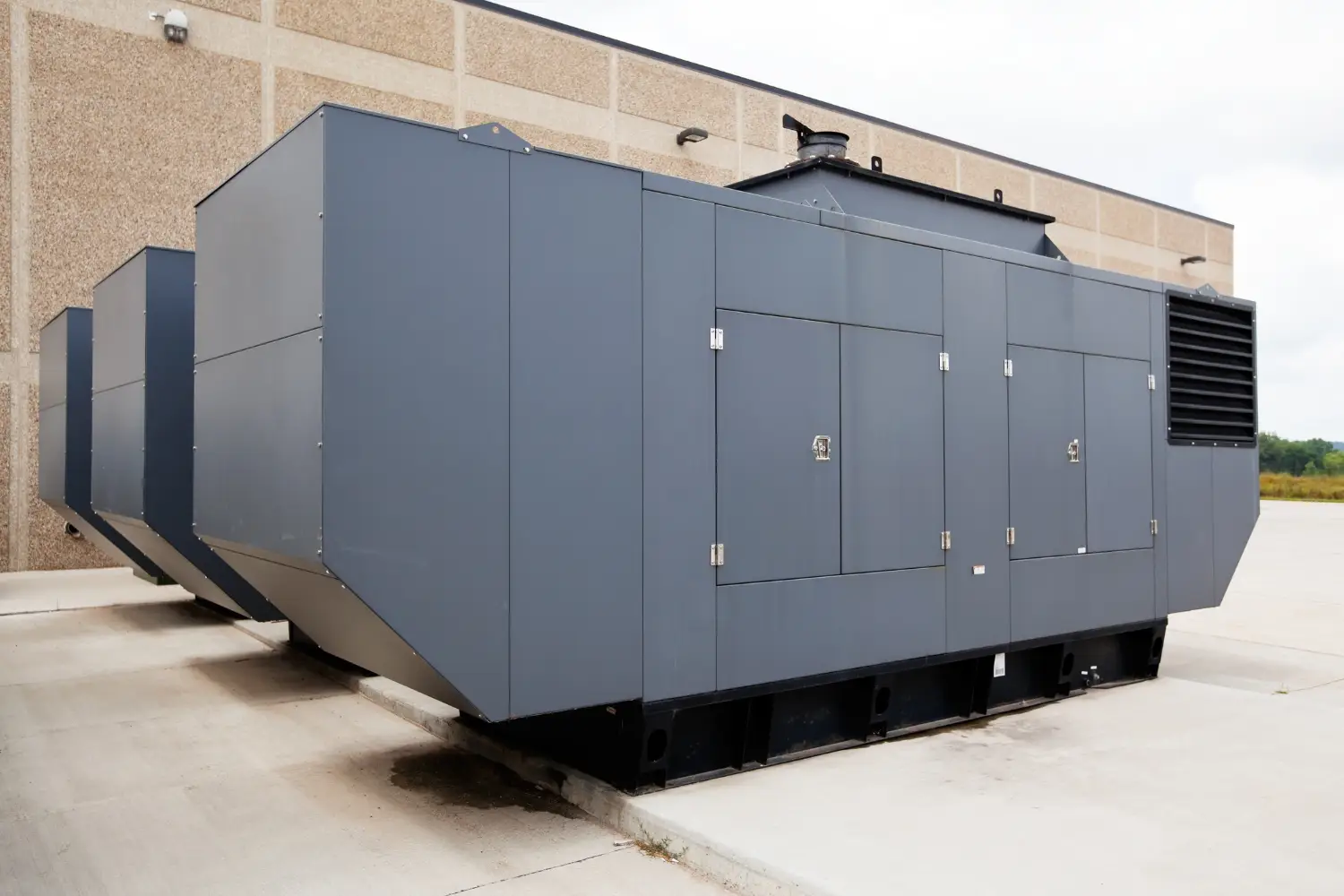The Importance of Maintenance Shutdowns in Substations
Why are maintenance shutdowns essential for substations?
Ensuring energy supply continuity and quality
Substations are critical components in the electrical system, responsible for voltage transformation and energy distribution. Scheduled maintenance shutdowns are essential to ensure that equipment such as generators, transformers, circuit breakers, and disconnectors operate in optimal conditions, preventing failures that could compromise supply stability.
Preventing catastrophic failures
Lack of preventive maintenance can lead to progressive defects, such as overheating, insulator degradation, contact failures, or short circuits. These issues can cause prolonged service interruptions, structural damage, and safety risks for operating teams and the public.
Types of Maintenance Performed During Shutdowns
Visual and thermographic inspections
Visual inspections identify wear, oxidation, or overload signs. Thermographic analysis detects abnormal heating, indicating loose connections or internal defects.
Example: Thermographic monitoring of busbars may reveal hot spots that could evolve into arc faults if left untreated.
Insulation and electrical continuity tests
These tests ensure equipment insulation levels meet specifications and verify electrical continuity to maintain circuit integrity.
Mechanical maintenance of equipment
Movable components, such as breaker actuators and disconnecting mechanisms, are lubricated, adjusted, and tested to ensure proper function and quick response during emergencies.
Protection and control system updates
Shutdowns are opportunities to upgrade protection relays, modernize automation systems, and improve communication protocols (e.g., IEC 61850).
Planning and Execution of the Maintenance Shutdown
Importance of early planning
Detailed planning is critical to minimize downtime and maximize maintenance effectiveness. This includes defining activity scope, risk analysis, resource allocation, and spare parts acquisition.
Coordination between multidisciplinary teams
Shutdowns involve electrical, civil, automation, and safety teams. Efficient coordination is essential for safe and effective task execution.
Technical note: Continuous communication between System Operation Centers (SOC) and field teams ensures correct lockout/tagout (LOTO) procedures.
Risk management and occupational safety
Maintenance shutdowns pose risks like residual energy discharge and rotating machinery hazards. Strict safety protocols, preliminary risk analysis (PRA), and personal protective equipment (PPE) are mandatory.
Benefits of Maintenance Shutdowns
Increased reliability and availability of the substation
Well-maintained substations show fewer failures and higher operational uptime, meeting the continuity demands of industries, hospitals, and critical infrastructure.
Reduced emergency and repair costs
Scheduled preventive and corrective maintenance is far more economical than emergency interventions, which involve high mobilization costs and potential revenue loss.
Extended asset lifespan
Regular maintenance extends the life of generators, transformers, breakers, surge arresters, and other critical assets, protecting capital investments.
Improved energy efficiency
Properly functioning equipment minimizes electrical losses, enhancing overall system efficiency and reducing heat generation and premature wear.
Final Considerations
Maintenance shutdowns in substations are essential for preserving system reliability, safety, and efficiency. Far from being a mere technical routine, they represent a strategic asset management practice that prevents major failures, cuts operational costs, and ensures uninterrupted service delivery—vital for modern society. A well-planned maintenance program yields not only technical benefits but also competitive advantage and corporate responsibility.
Discover our products.





